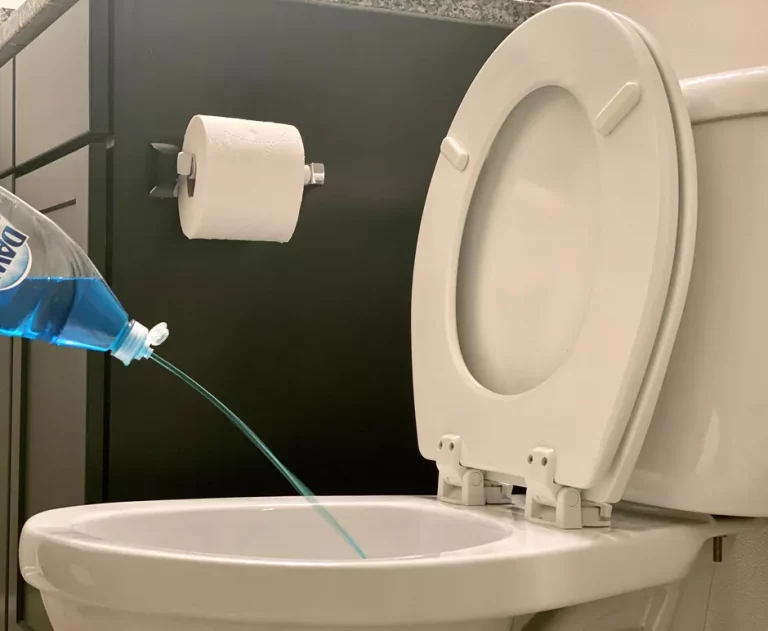Over time, the plumbing in your home can break down after repeated use. Take the toilet, for example. A toilet can become clogged, preventing you from completing a successful flush or it might swirl but not flush. These blockages could be an annoying nuisance for many homeowners. It can lead to frustrating and embarrassing situations when the toilet can’t flush because of a clog.
Fortunately, a clogged toilet can be fixed. All it takes is a bit of knowledge and action to perform the necessary repairs. Otherwise, you can contact a professional plumber like Gold Medal Plumbing for help. Whatever method you go with, you will want to fix the clogged toilet as quickly as possible. Don’t delay the repairs, as a clogged toilet can escalate in severity.
Here are six methods for you to fix a clogged toilet in your home:
1. Hot Water Flush
An extremely simple technique to use when getting rid of clogs in the toilet comes via hot water. Grab a bucket and fill it with enough hot water inside. Then, approach the toilet and pour the hot water down the bowl. If you feel that you need to repeat this step, pour more.
In actuality, the type of hot water you use will matter. When the liquid is boiling, it might crack the toilet. This is especially true if the appliance is made from a material such as porcelain. Use hot water from your bathtub to stay on the safe side!
2. Dish Soap Solution
Sometimes, when trying to unclog a toilet, you may have to think outside of the box. While the conventional techniques of eliminating clogs may work, easier and more efficient methods are available. Head to your kitchen and grab a bottle of dish soap. This trick may take some time, but it could work for clogs that are already weak.
Start by pouring half of a cup of soap into the toilet bowl. Wait for time to elapse to let the slippery substance work as expected. Due to its lubricating structure, dish soap can help break down clogs that are not sturdy. Give the toilet a flush, and the soap should have done its job.
3. Using an Auger
In some scenarios, the clog can be removed through manual cleaning. It takes physical exertion through a drain auger or snake to complete the task. Once you have the tool, approach the toilet and insert one end into the bowl.
You’ll now have to use the auger in an actionable fashion to break the clog apart. Keep doing this until the entire clog has been removed. After a few strong motions, you will successfully break down and remove the clog.
4. Baking Soda Solution
One of the best methods that you can use to unclog your toilet can be made at home. You will need a few essential ingredients to kickstart this specific process. Grab some baking soda from a nearby cabinet. Then, you’ll need to get your hands on some vinegar from your kitchen pantry.
The solution you are about to make will break apart any clogs present in the toilet. Pour one cup of baking soda into the toilet bowl, followed by two cups of vinegar. Allow this solution to sit inside for half-hour, and then pour some hot water down the bowl. You should be able to flush the toilet normally at this point.
5. Using a Plunger
Of course, the most common tool to use when unclogging your toilet comes via a plunger. Stick the plunger down the toilet bowl, ensuring that it is properly stuck against the bowl. Then use the plunger in an up-and-down motion until you are satisfied with the action. After you are done, pour some hot water down the bowl, flush the toilet, and you are good to go!
6. Professional Repair
Even with the best of intentions, your work to unclog your toilet may not be enough. All the tools and equipment in the world won’t get rid of a problematic clog. In this regard, it may be in your best interest to look for some outside help. A professional plumber will be the way to go here like the one you hired to remove all the broken screws with no heads.
These individuals will be able to diagnose the issue with your toilet before getting to work. The advantage of this is that they may find other issues in the toilet beside the clog. Broken pipes should be fixed quickly before you have a crisis on your hands.

